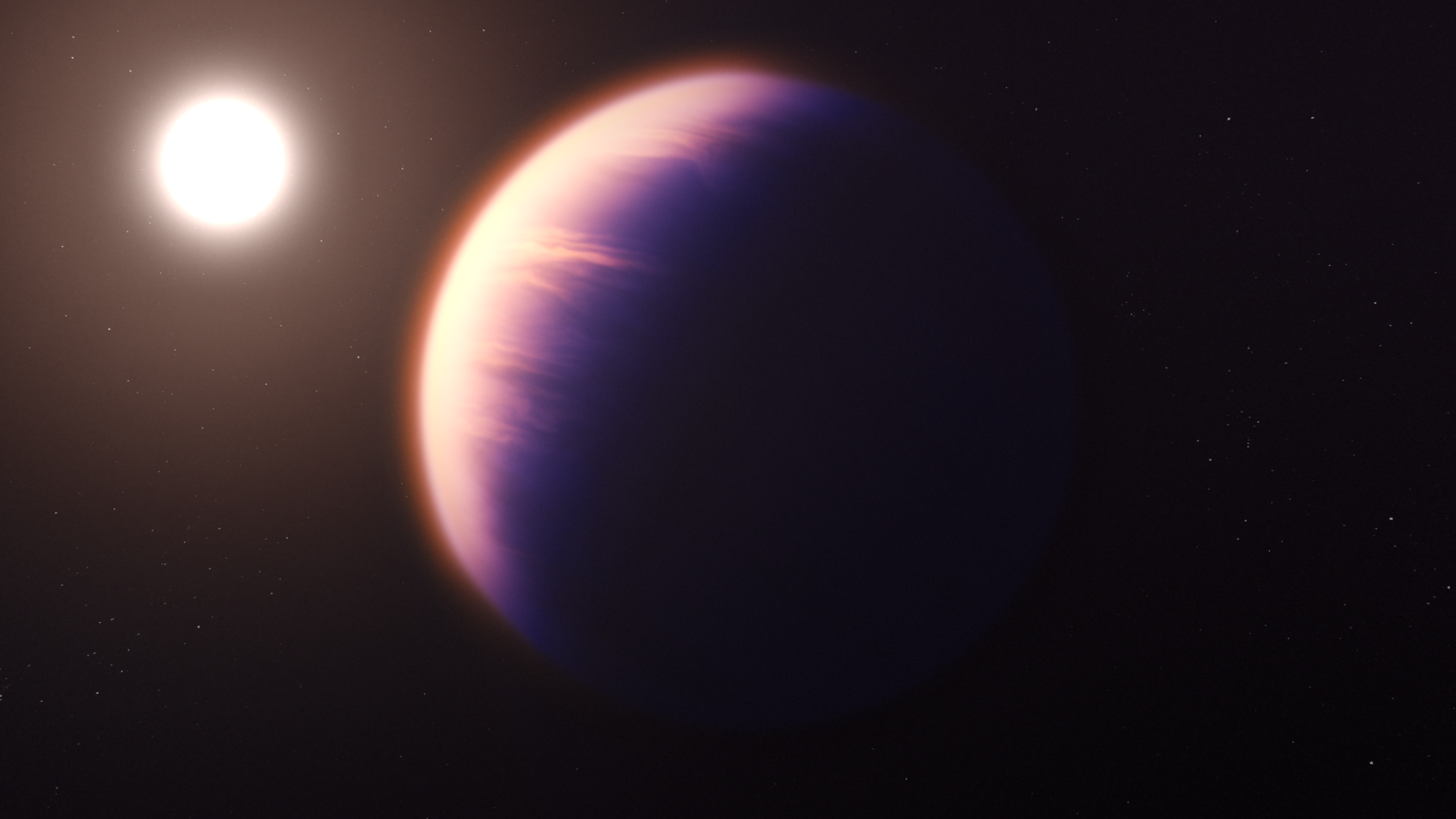
The James Webb Space Telescope for the first time has found clear evidence of carbon dioxide in the atmosphere of a planet that’s not in our solar system, according to NASA. This breakthrough discovery has the potential to provide “important insights into the composition and formation of the planet,” and other smaller planets in the future.
The planet researchers detected with the Webb Telescope is WASP-39 b, a gas giant orbiting a star 700 light-years away. Back in 2018, through the Hubble and Spitzer telescopes, NASA detected a large amount of water vapor on the planet along with traces of sodium and potassium. At about a quarter Jupiter’s mass but 1.3-times Jupiter’s size, scientists have described the exoplanet as a “hot Saturn.”
With JWST, researchers now have access to more powerful and sensitive infrared capabilities and were able to pick up the signature of carbon dioxide as well. The detection of WASP-39b is part of JWST’s campaign to observe exoplanets. The effort is part of the Early Release Science program, which is designed to provide the exoplanet research community with robust Webb data as soon as possible.
“As soon as the data appeared on my screen, the whopping carbon dioxide feature grabbed me,” Zafar Rustamkulov, a graduate student at Johns Hopkins University and member of the JWST Transiting Exoplanet Community Early Release Science team, said in NASA’s statement. “It was a special moment, crossing an important threshold in exoplanet sciences.”
The discovery was made using Webb’s NIRSpec instrument, a highly sensitive spectrograph that can separate light rays into individual elements of the light spectrum.
Planetary scientists hope to also observe the atmospheres of smaller, rocky, Earth-sized planets using the powerful Webb telescope.
